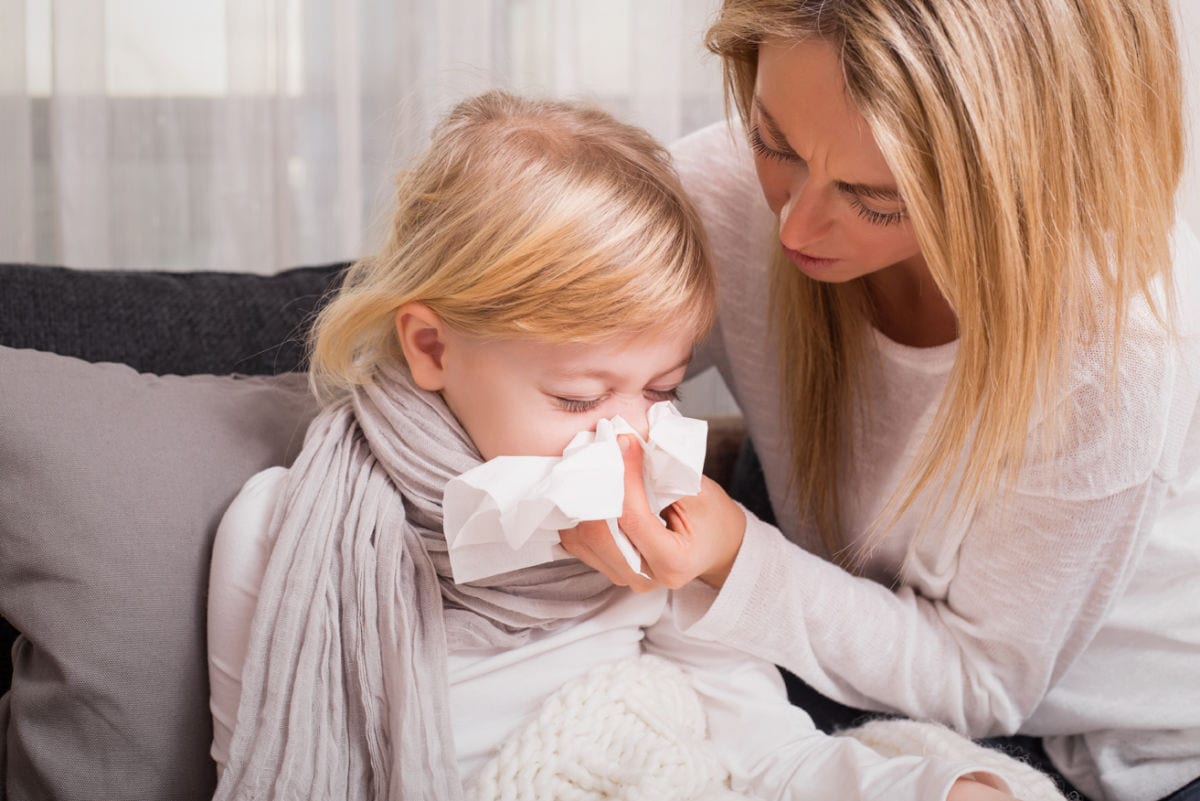Sometimes people take for granted things that are unseen, such as the air they breathe. Unknown to them, what goes into their lungs can either give them good health or cut their lifespan. This is especially true with indoor air quality, as most people spend 90% of their lives inside their homes, offices, and other enclosed structures. They may think that indoor air is cleaner in a controlled environment but it could be the exact opposite.
Indoor air quality can either lead to improved health conditions or it could cause severe illness. Property owners and managers can rely on air quality consultants such as Opira that offers indoor air quality testing and services to ensure that indoor air isn’t only breathable but safe for everyone.
Indoor Air Quality And Your Health
Indoor air quality is closely tied to the well-being of the buildings’ occupants. The presence of indoor pollutants from building furnishings and human activities can have a negative impact on one’s health. Inadequate ventilation and poorly maintained HVAC systems can also contribute to decreased air quality. Some of these effects are immediate, while constant exposure can lead to long-term health consequences. It is for these reasons that many people consider indoor air quality and VOC testing in Fresno and Bakersfield (or wherever they are based) and similar services. If you don’t know what the quality of your air is, then you won’t realize you could be at risk of health consequences.
1. Allergic Reactions
Immediate health effects of poor indoor air quality include allergic reactions in the form of eye, nose, and throat irritations. Some may even experience sinus congestion, coughing, and sneezing while others may feel dizzy, tired, or nauseous.
These conditions are often temporary and can occur singly or as a combination of symptoms known as Sick Building Syndrome (SBS). People may feel cold or flu-like symptoms while staying in the building for several hours.
However, these discomforts disappear once they leave the building for the weekend or for a vacation. At times, SBS is hard to treat since it can mimic symptoms of common illnesses.
2. Respiratory Diseases
Respiratory illness is another effect of poor indoor air quality. Adults and children who have pre-existing conditions may find themselves vulnerable as pollutants act as triggers for asthma attacks and other illnesses.
Prolonged exposure may also lead to Building Related Illness. Several workers, tenants, or guests may experience the same symptoms after being in a specific area or being in the building at a specific time. Legionnaire’s Disease and Pontiac Fever are common respiratory illnesses, which are caused by contaminated building air conditions.
3. Heart Disease and Cancer
Long-term health conditions can also result from years of constant exposure. Particulate matter can accumulate in the lungs and can spread to other organs which can cause chronic illnesses such as heart disease. Prolonged exposure may even lead to life-threatening illnesses such as cancer.
4. Mental Health Issues
Indoor air quality not only affects respiratory and heart functions but also impacts mental health. Dirty air can disrupt sleep, which in turn can affect mental well-being.
Studies show that pollutants from stoves, tobacco smoke, paints, asbestos, carbon monoxide, and radon can affect the cognitive development of children. It can also increase mental health disorders such as schizophrenia, ADHD, bipolar disorder, and even depression.
There are numerous health risks involved with poor indoor air quality. It’s important for homeowners and building managers to install adequate measures to ensure air is safe especially for those with sensitive health.
5. Positive Effects on Well-Being
Conversely, good indoor air quality can lead to greater health and well-being. When allergens are minimized through regular cleaning and maintenance of HVAC systems, individuals won’t experience symptoms of Sick Building Syndrome or Building Related Illness.
Satisfactory levels of indoor air quality can also eliminate other physical discomforts and may even provide a relaxing atmosphere. It can provide a conducive learning environment in schools, create productive workspaces, and help make workers productive, and may even reduce incidents of chronic respiratory and cardiovascular illnesses. Quality ambient air may also lessen premature deaths and help improve well-being.
Conclusion
Indoor air quality is directly related to your health. Poor levels can trigger allergic reactions and a host of other discomforts such as Sick Building Syndrome or Building Related Illness. It may even exacerbate existing health conditions and progress into severe illnesses such as heart disease and cancer. In addition, dirty air can also affect sleep and mental health.
This relationship shows the importance of maintaining good indoor air quality. Property owners and managers can make this a priority by enlisting the services of specialists. Their concerted effort is key to ensuring buildings of all shapes and sizes not only have breathable air but also provide a relaxing atmosphere that could improve well-being and ensure longevity for everyone.








